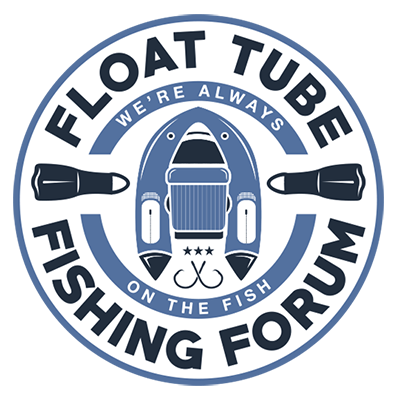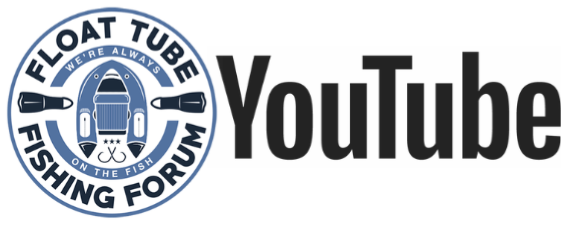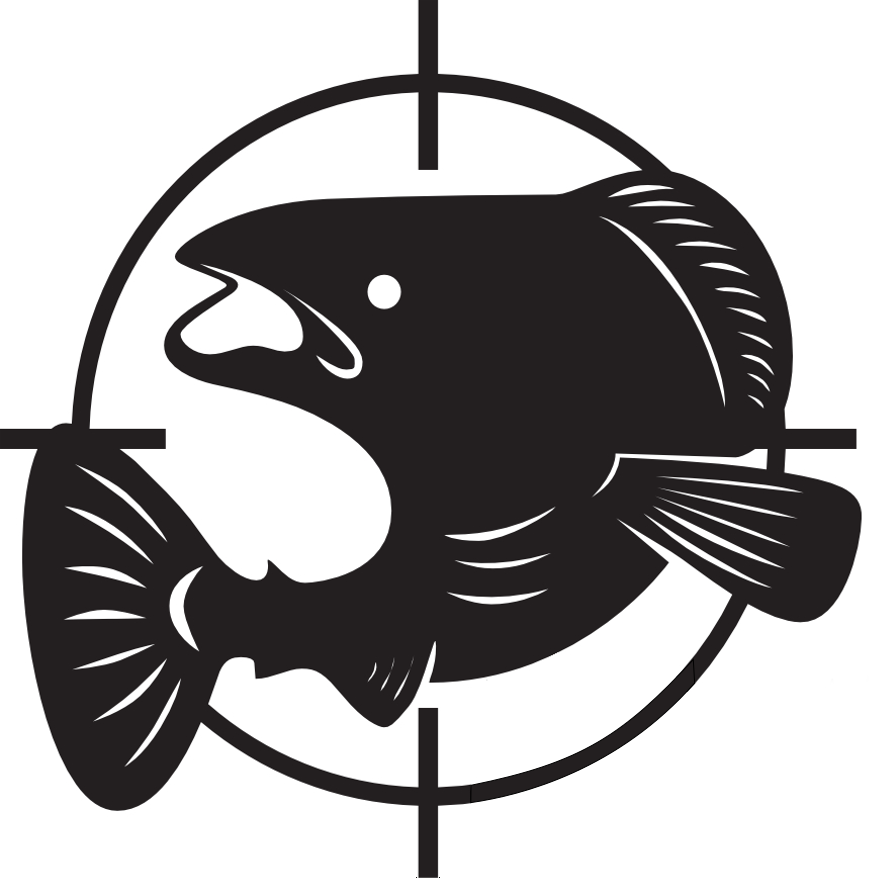Hey MASSfisher,
Spent many years throwing these monsters. Blew out both my shoulders doing it. That's why I really can't throw them anymore. There are so many good baits on the market it blows my mind. I still like the Huds cuz to my mind they swim really well, look really realistic, and can be modified the easiest for better hook ratios. I could spend a month telling you all the tips and tricks, but I will keep it down to the few I think are most important.
1) I would suggest you start with the floating baits first, because they are the easiest to learn how to use. (and they are a bit easier to cast and the most fun bite!)
2) Test and modify the bait to your liking. Make sure you are happy with how it swims, and that the hooks are big enough and sharp enough.
3) Learn how to cast it!! You want to be able to put 75 to 100 feet or longer on this baby, and most importantly you need to be accurate and learn how to deliver it QUIETLY! You do not want it to land with a heavy splash but more like a shallow splat! Much like a pitch bait you cast with a tight line and slow the baits entry into the water at the last moment using the rod and line tension. This is especially important when short casting to shallow water or bedding fish.
4) THIS IS VERY IMPORTANT!!! LEARN WHERE THE BIG FISH LIVE, LIKE TO FEED, AND HANG OUT. In every lake there are a select few places where big fish hang, and it is your duty to figure out where these places are. Here's a short list that has never failed me no matter where I have fished.
A) deep water high spots. These are the tops of hills in deep water well offshore. Most are well beneath the water and only found with a good map and meter. One of my favorites at Castaic rises to 20 feet deep at it's peak and slopes into 60-80 on all sides. Oh did I mention it is covered with hardwood trees?
B) Saddles, The high ridges or connecting structure between two high spots.
C) Launch ramps. Big fish love launch ramps! I think you can guess why.
D) Large submerged flats that break sharply into deep water. No brainer here.
E) High current points. Every lake has points but there are a select few that experience high current flow (usually due to prevailing wind and or water inflow.) These are big fish magnets!
F) Creek or river Inlets, pump or siphon outflows.
5) TIMING!! Big fish are not very active, in fact for the most part they are very lazy. So,... when they do need, or have to be active, you need to be there!
here is a short list of the best times to be there when they are....
A) The spawn. no brainer here.
B) Night (especially a few days before the full moon cycle)
C) Periods of high bait concentration. This occurs twice a year here in SoCal.
D) THIS IS THE MOST IMPORTANT POINT I WILL MAKE REGARDING "TIMING",....
Low light. Obviously early morning and/or evening but most importantly when falling pressure or an approaching weather front produces low cloud cover. Low cloud cover and falling BP are perhaps the most important key circumstances that stimulate big fish to become more approachable than any other circumstances that I know. There is an entire article that I could write regarding why, but suffice to say that if you want to catch a big fish you better be on the water when it's pre-front! ( the few hours prior to it raining).
6) THE MOST IMPORTANT THING OF ALL!!!! BIG FISH, FISHING IS COMPLETELY DIFFERENT THAN OTHER TYPES OF FISHING.
Ok,... I am sure you have heard me say this before but it is the most important thing you must learn if you really want to catch big fish regularly. And I do, (want to catch big fish regularly). Big fish are slower, harder to provoke, they have a larger memory bank to draw from, they are lazy, they require more sustenance for less effort,
they are less competitive than smaller fish, they are much more highly territorial then smaller fish, they key on structure, weather, light, temperature, BP, and bait much more keenly than smaller fish,.... All these things make them, very predictable, (not necessarily catchable ) and highly approachable.Big fish, fishing is a philosophy, a mind set, a learned technique. So,....Spend your time, (and you will spend a great deal of time) hone your mechanics, (because poor mechanics will cost you fish) sharpen and condition your concentration level, (you need to be as sharp as the first cast as on you 500th). You are fishing for the upper 2% of the fish swimming in the lake, and you will probably fish for two bites out of 500 casts on an average day. But it is well worth it!
bodfish ooops got a bit longer than I thought.

 Home
Home


























